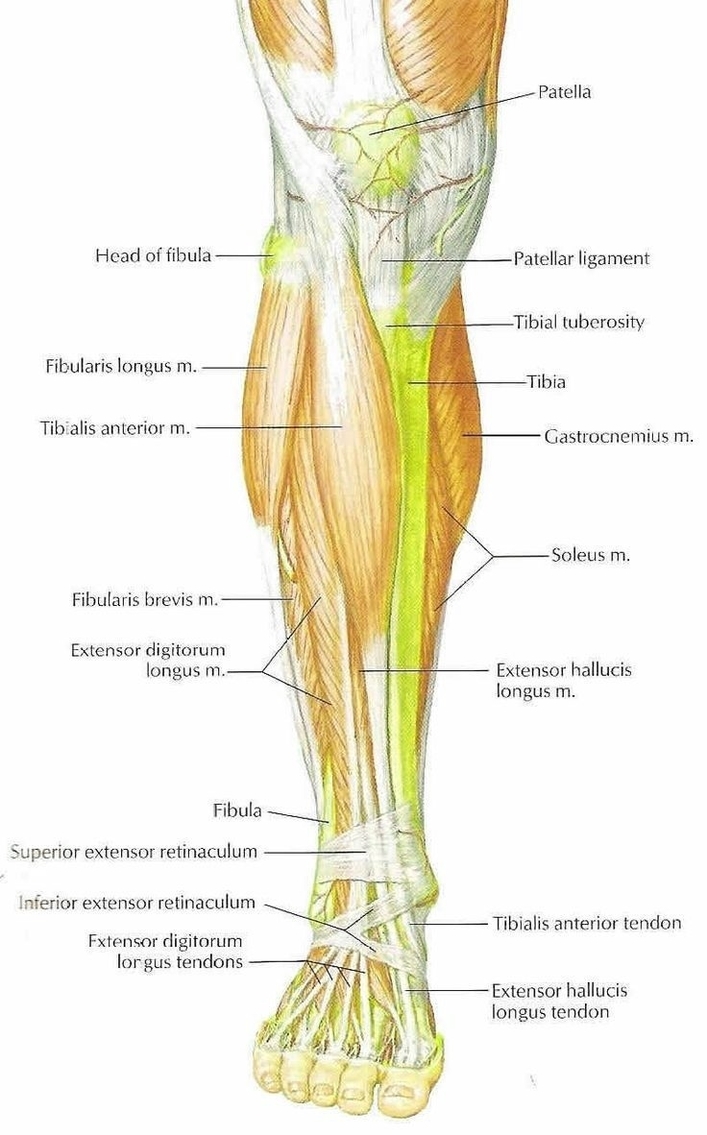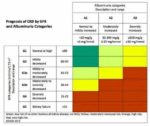The lower leg, anatomically defined as the region of the lower limb below the knee, is a complex structure that plays a crucial role in weight-bearing activities such as walking, standing, running, and jumping. It is composed of various muscles organized into four compartments: anterior, lateral, posterior, and deep posterior.
Anterior Compartment
The anterior compartment, located in front of the shin, contains the tibialis anterior, extensor digitorum longus, extensor hallucis longus, and peroneus tertius muscles. These muscles primarily perform dorsiflexion, pulling the toes and feet upward. The tibialis anterior also assists in turning the foot inward.
Lateral Compartment
The lateral compartment, along the outside of the lower leg, houses the peroneus longus and peroneus brevis muscles. These muscles pull the toes and feet outward and assist with pointing the foot, a process known as plantar flexion.
Posterior Compartment
The posterior compartment holds the large muscles known as the calf musclesthe gastrocnemius and soleus. This compartment also contains the plantaris muscle. The gastrocnemius is the most visible of the calf muscles, giving the calf its signature bulging, muscular appearance. These muscles attach to the Achilles tendon and aid with plantar flexion.
Deep Posterior Compartment
The deep posterior compartment contains the tibialis posterior, flexor hallucis longus, popliteus, and flexor digitorum longus muscles. These muscles are involved in various movements of the foot and ankle.
The lower leg muscles are innervated by the deep fibular nerve (anterior compartment), tibial nerve (posterior compartment), and superficial fibular nerve (lateral compartment). The anterior tibial artery supplies blood to the anterior compartment, while the posterior tibial artery supplies the posterior compartment.
The lower leg muscles are essential for many activities. For instance, the anterior group is crucial for the swing phase of the gait cycle, where the leg is lifted off the ground. The posterior group is important for the toe-off phase, where the foot prepares to leave the ground. The lateral group plays a significant role in maintaining balance while standing on one leg or walking on rough surfaces.
Common conditions that affect the lower leg include stress fractures, compartment syndrome, shin splints, and muscle tears. Understanding the anatomy and function of the lower leg muscles is vital for diagnosing and treating these conditions.



